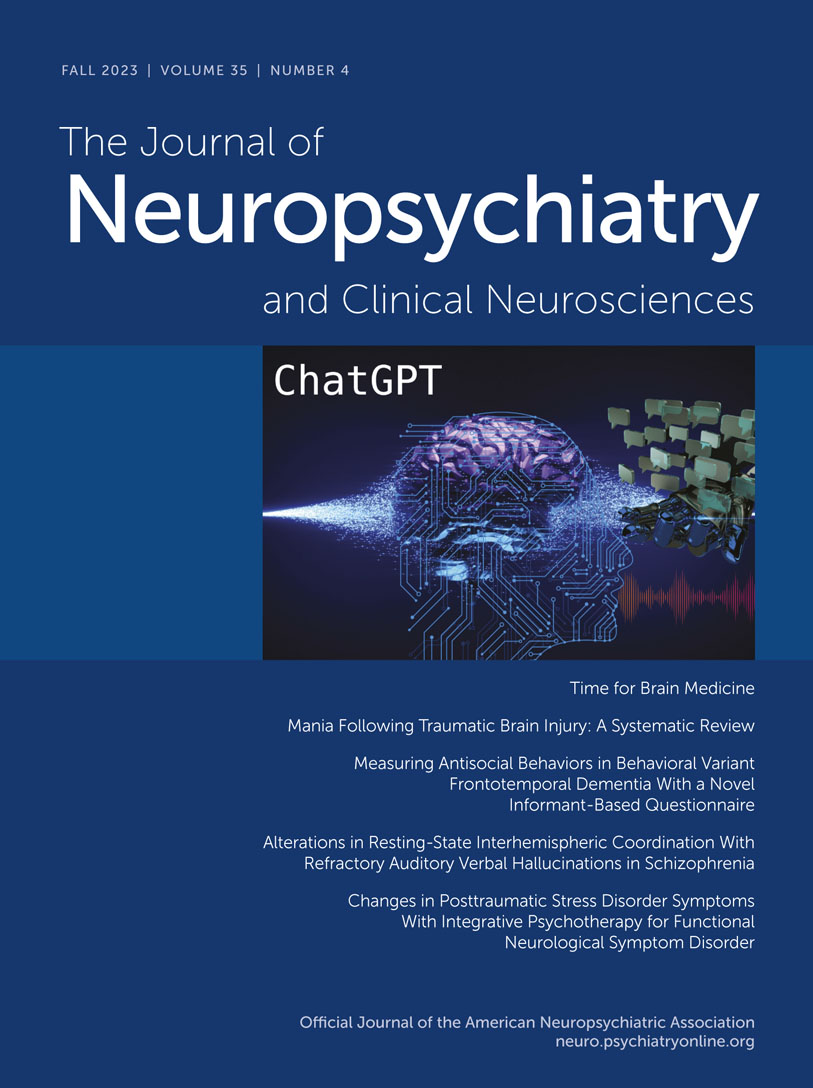Alterations in Resting-State Interhemispheric Coordination With Refractory Auditory Verbal Hallucinations in Schizophrenia
Abstract
Objective:
The purpose of this study was to investigate resting-state interhemispheric functional connectivity in patients with schizophrenia and refractory auditory verbal hallucinations (RAVHs) by using voxel-mirrored homotopic connectivity (VMHC).
Methods:
Thirty-four patients with schizophrenia and RAVHs (RAVH group), 23 patients with schizophrenia but no auditory verbal hallucinations (non-AVH group), and 28 matched healthy volunteers (healthy control group) were recruited in China. VMHC analyses were used to identify brain areas with significant differences in functional connectivity among the three groups, and correlations between symptom scores and neurological measures were examined.
Results:
VMHC analyses showed aberrant bilateral connectivity between several homotopic brain regions: the RAVH and non-AVH groups showed differences in bilateral connectivity of the superior and middle temporal gyri, and the RAVH and healthy control groups showed differences in bilateral connectivity of the gyrus rectus, inferior frontal gyrus, and putamen. In addition, interhemispheric connectivity of the superior and middle temporal gyri correlated with patients’ positive symptom scores.
Conclusions:
These findings may help to elucidate the pathophysiological mechanisms underlying auditory verbal hallucinations. The results revealed interhemispheric functional dysconnectivity among patients with schizophrenia and suggest that the dysconnectivity of homotopic brain regions may play an important role in the development of auditory verbal hallucinations.
Access content
To read the fulltext, please use one of the options below to sign in or purchase access.- Personal login
- Institutional Login
- Sign in via OpenAthens
- Register for access
-
Please login/register if you wish to pair your device and check access availability.
Not a subscriber?
PsychiatryOnline subscription options offer access to the DSM-5 library, books, journals, CME, and patient resources. This all-in-one virtual library provides psychiatrists and mental health professionals with key resources for diagnosis, treatment, research, and professional development.
Need more help? PsychiatryOnline Customer Service may be reached by emailing [email protected] or by calling 800-368-5777 (in the U.S.) or 703-907-7322 (outside the U.S.).



